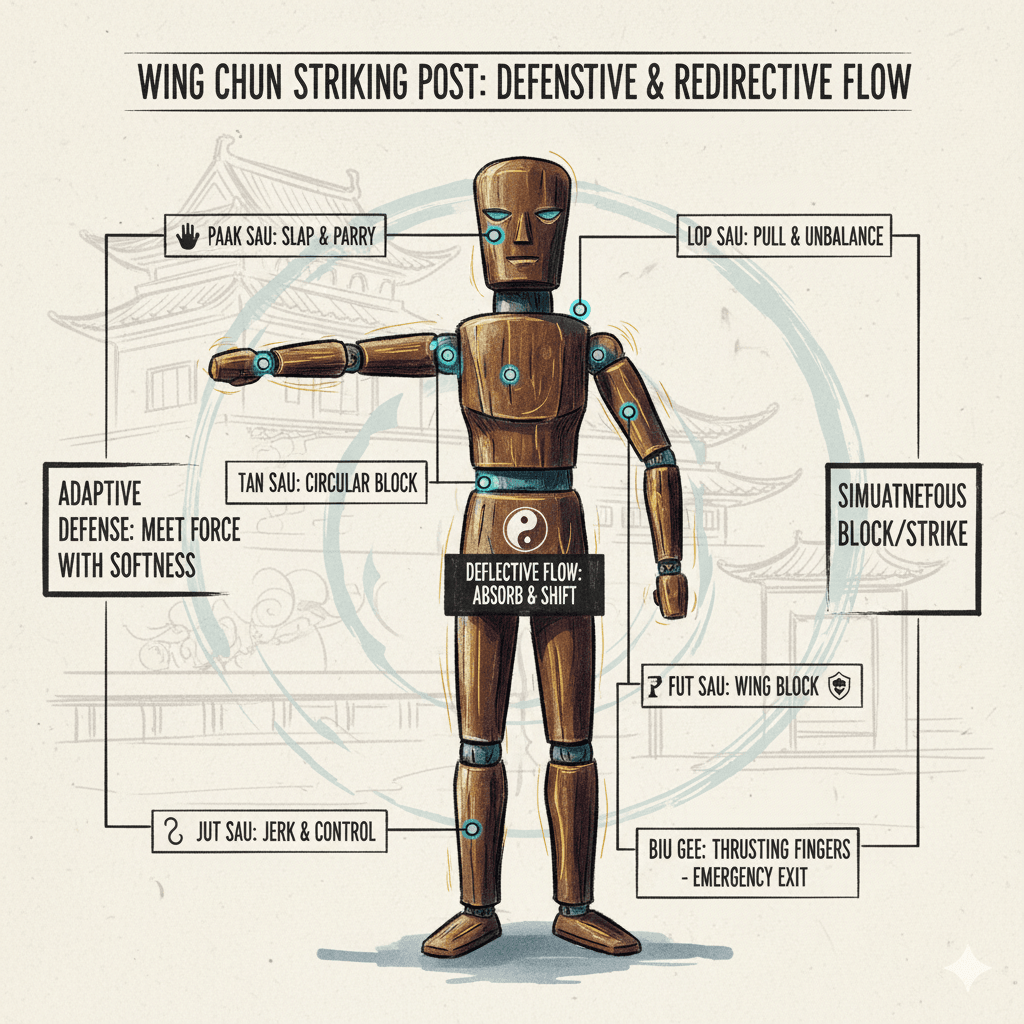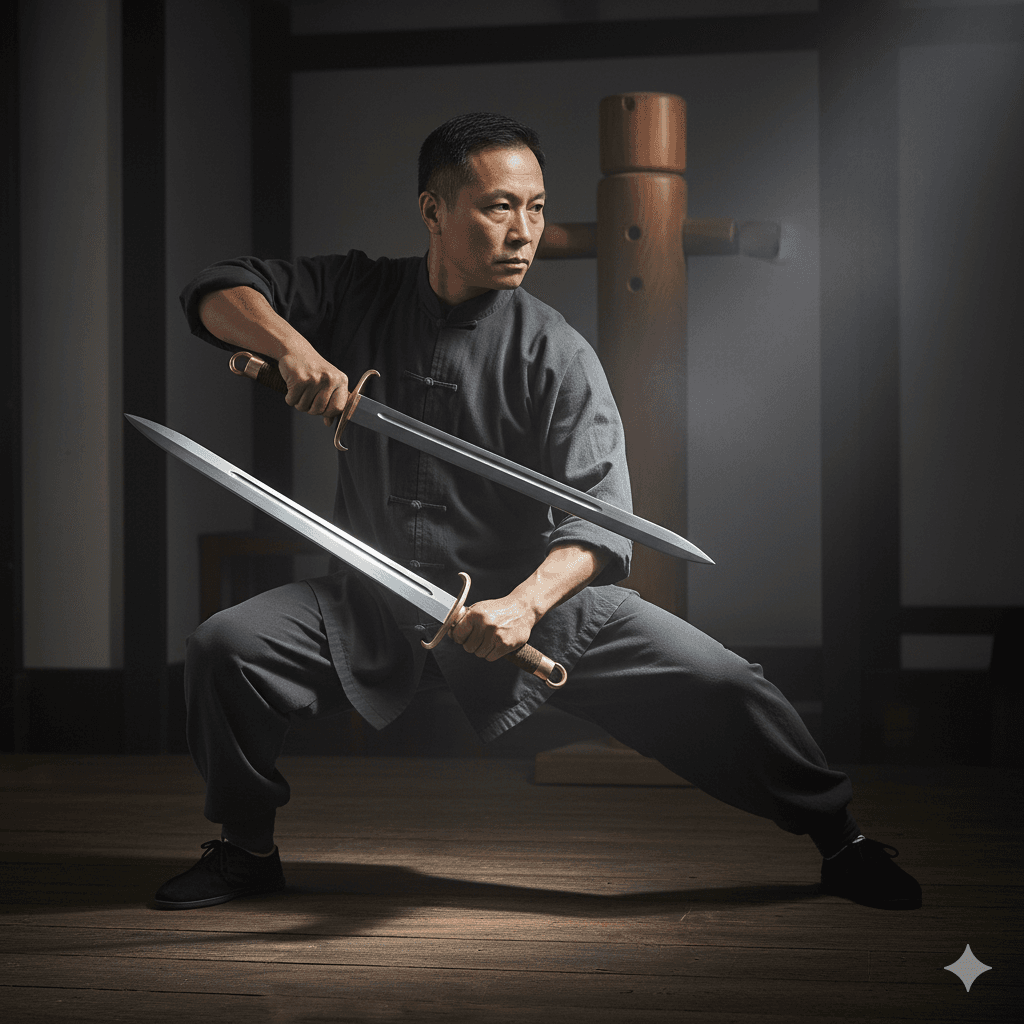Wing Chun is a highly effective martial art that focuses on close-range combat and quick, efficient movements.
One of the essential training tools for Wing Chun practitioners is the Wing Chun dummy, also known as the wooden dummy or Mook Jong.
The dummy is designed to simulate an opponent and allows practitioners to practice their techniques and develop their skills.
While the traditional Wing Chun dummy comes with three arms and one leg, some practitioners may want to enhance their training experience by adding extra arms and legs to their dummy.
This modification can provide additional training opportunities and help practitioners refine their techniques.
In this article, we will explore how you can add extra wing Chun dummy legs and arms.
1. Assess Your Dummy
Before you start adding extra arms and legs, it’s important to assess your Wing Chun dummy and determine if it can handle the modifications.
Ensure that the structure of the dummy is sturdy and can support the additional weight and movement.
2. Gather the Materials
To add extra legs and arms to your Wing Chun dummy, you will need the following materials:
- Wooden dowels or PVC pipes
- Drill
- Screws
- Measuring tape
- Marker
- Saw
- Sandpaper
3. Plan the Placement
Before drilling any holes, plan the placement of the additional arms and legs on your Wing Chun dummy.
Consider the height and angles that will best suit your training needs.
Use a measuring tape and marker to mark the positions accurately.
4. Prepare the Arms and Legs
If you are using wooden dowels, cut them to the desired length using a saw.
Sand the edges to ensure they are smooth and won’t cause any injuries during training.

If you prefer PVC pipes, measure and cut them accordingly.
5. Drill and Attach
Using a drill, create holes in the marked positions on the dummy.
Ensure that the holes are deep enough to securely hold the arms and legs.
Insert the wooden dowels or PVC pipes into the holes and secure them with screws.
Make sure they are tightly attached to prevent any wobbling or instability.
6. Test and Adjust
Once you have added the extra arms and legs, test your modified Wing Chun dummy.
Practice your techniques and movements to see if the new additions function as intended.
If any adjustments are needed, make them accordingly by loosening or tightening the screws.
7. Gradual Progression
When training with the modified dummy, it’s important to gradually progress and adapt to the changes.
Start with simple techniques and gradually increase the complexity as you become comfortable with the new setup.
Remember to maintain proper form and technique throughout your training sessions.
8. Seek Professional Guidance
If you are unsure about the process – it’s always best to seek professional guidance.
Consult with an experienced Wing Chun instructor or a knowledgeable woodworker who can provide you with expert advice and assistance.
Adding extra legs and arms to your Wing Chun dummy can be a valuable enhancement to your training routine.
It allows you to explore a wider range of techniques and adapt to different scenarios.
However, it’s important to approach the modification process with caution and ensure that the structural integrity of the dummy is maintained.
With proper planning and execution, you can create a customized training tools that suits your specific training needs.



